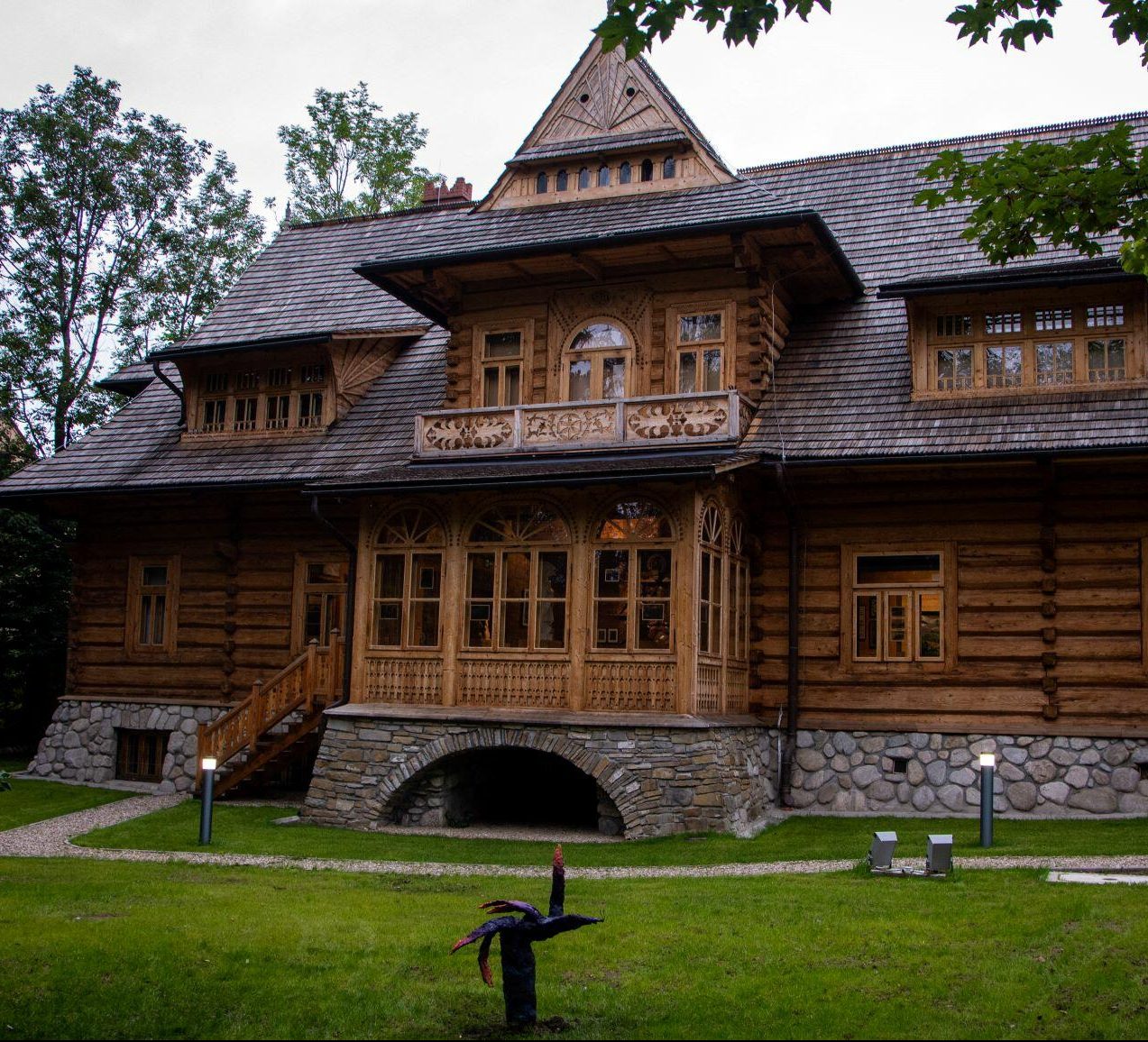Prices:
normal ticket 16,00 zł
reduced ticket 8,00 zł
guided tour: 40,00 zł
large family card : 8,00 zł
groups > 15 p. + 1 adult for free: 9,00 zł
audio guide: 5,00 zł
Free entry every Thursday
Opening hours:
Tue. Wed. Thu. Sun.: 9AM - 5PM
Fri. Sat. - 11AM - 7PM
Mon. - closed
Address:
34-500 Zakopane
+48 692 029 817
oksza@muzeumtatrzanskie.pl

(branch of the Tatra Museum)
Oksza villa (earlier named Korwinówka) was designed in autumn 1894 for the wealthy government mining official Wincenty Kossakowski and his wife Bronisława who came from the Silesian town of Sosnowiec. It was the third house to be designed by Stanisław Witkiewicz in the Zakopane Style. In the Spring of 1895, a group of skilled Highlander carpenters, led by Wojciech Roj and Jan Obrochta, began the villa’s construction and completed it the following year, while some of the furniture and woodwork was done by Kazimierz Sieczka.
In 1899, the villa was purchased by Count Marcin Kęszycki, an aristocratic friend of the Witkiewicz family, and he renamed the villa Oksza, after his family’s coat of arms. After Kęszycki’s sudden death in January 1900, his widow, Countess Kęszycka, lived there for many years before selling the house some time during or immediately before the First World War.
As Witkiewicz wrote in 1911: „… Oksza, which at first was owned by the Kossakowskis and then by the Kęszyckis, was built based on a pre-prepared architectural plan. A nearly symmetrical layout led to a symmetrical exterior shape. (…) Oksza is the least complicated of Zakopane’s houses. The applied decorative and architectural motifs had been tested in previously built houses, with the addition of covered passageways around the eastern wall and a gallery connected to a two-storey outhouse in the yard.”
In the interwar period, the villa housed a sanatorium and later a school boarding house. During the Second World War, the Nazis moved the house-keeping school for girls there from nearby Kuźnice. After the war, Oksza reverted to a sanatorium for children at risk from tuberculosis until 1965 when it became state property of the Krakow Region. It became a guesthouse. All these changes resulted in modifications and renovations which altered Oksza’s appearance and interior.
At present, Oksza villa is owned by the Tatra Museum. In 2010, this precious example of architecture by Stanislaw Witkiewicz was restored and adapted to house the Gallery of 20th Century Art. The historical building has had its original shape restored and the visitor can see in its interiors many interesting details and ornamentation in the Zakopane Style, for example the ceilings with decorative beams, the richly decorated door frames and the carved window frames.
The Gallery of 20th Century Art at Oksza villa was officially opened in 2011, thanks to the financial support of European Funds and the Małopolska Region.
The permanent exhibition at Oksza shows the output of artists who lived in and outside Zakopane, who were enchanted and inspired by this place and by the Tatra mountains. Paintings, sculptures, handicrafts, photographs by the most outstanding Polish artists from 1880 to 139, Stanisław Ignacy Witkiewicz “Witkacy”, Rafał Malczewski, Leon Wyczółkowski, Zofia Stryjeńska and Jan Szczepkowski, among the others.
We would like to also encourage you to visit two other branches of the Tatra Museum: the beautiful, historic Highlander house situated at Droga do Rojów 6, which along with its interiors constitute the ideological model of the Zakopane Style, now the Museum of the Zakopane Style – Inspirations and Koliba villa, ul. Kościeliska 18, which was the first house built in the Zakopane Style, designed by Stanisław Witkiewicz, and which now hosts the Museum of the Zakopane Style.
Both these places are connected to the exhibition at Oksza villa by many threads, and only by visiting all of them can you fully grasp the main movements and issues of art in Zakopane from about 1880 to 1939.


